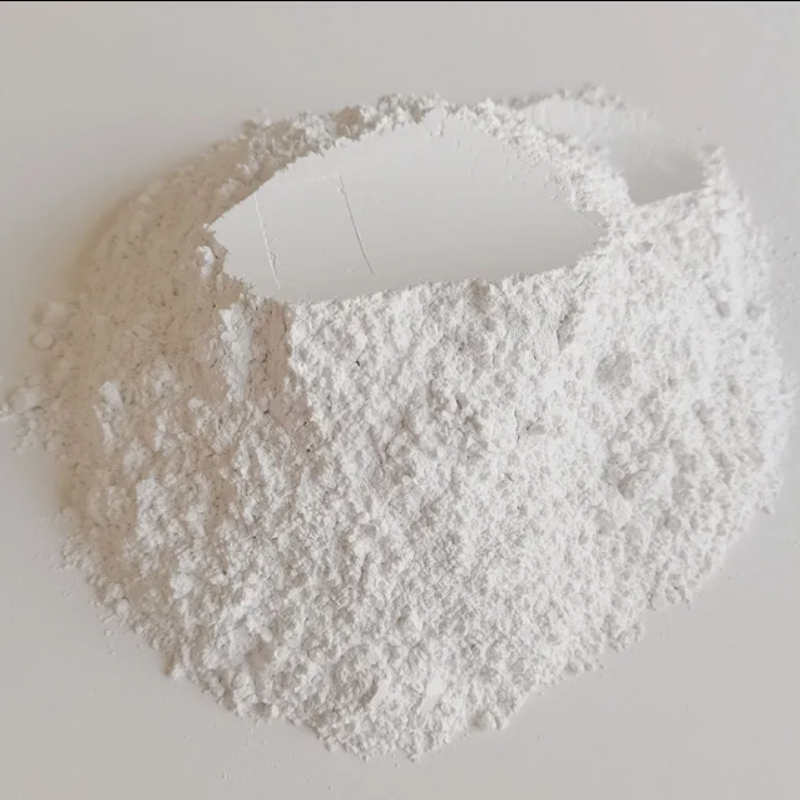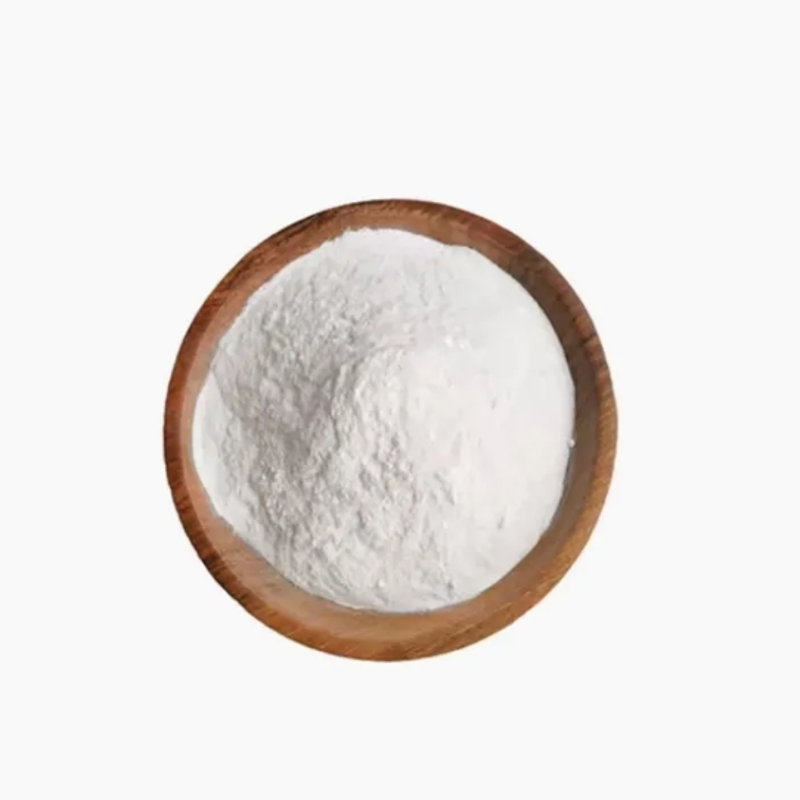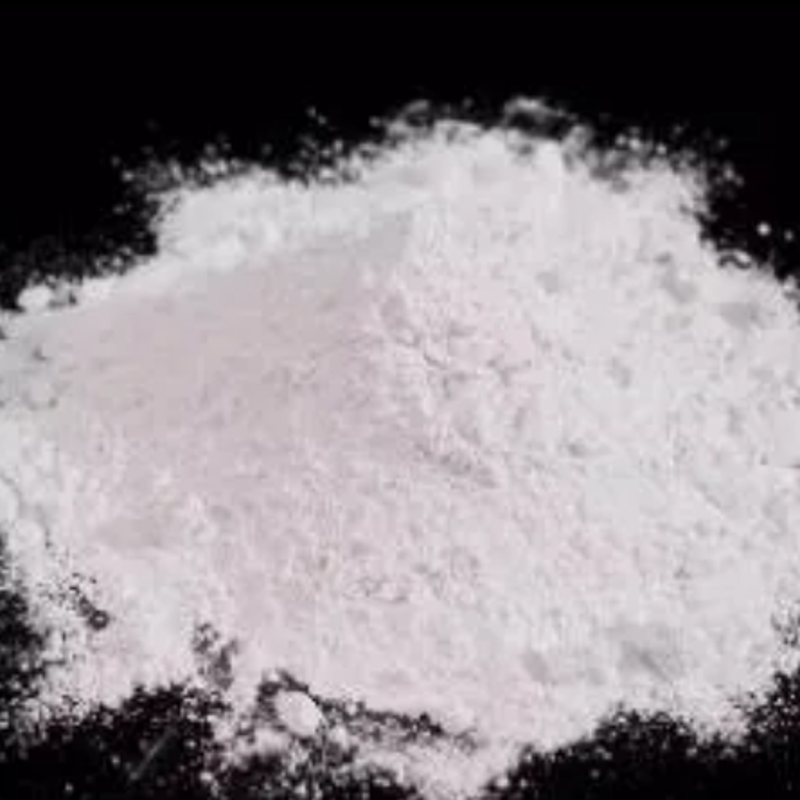-
Categories
-
Pharmaceutical Intermediates
-
Active Pharmaceutical Ingredients
-
Food Additives
- Industrial Coatings
- Agrochemicals
- Dyes and Pigments
- Surfactant
- Flavors and Fragrances
- Chemical Reagents
- Catalyst and Auxiliary
- Natural Products
- Inorganic Chemistry
-
Organic Chemistry
-
Biochemical Engineering
- Analytical Chemistry
-
Cosmetic Ingredient
- Water Treatment Chemical
-
Pharmaceutical Intermediates
Promotion
ECHEMI Mall
Wholesale
Weekly Price
Exhibition
News
-
Trade Service
Water-based colorant preparation process
The preparation process of water-based inks
In the laboratory, the preparation of water-based inks is generally divided into three steps, base ink, ink forming and auxiliaries
.
First add deionized water, pigments, grinding resins, and various additives in order according to the proportion of the formula, stir on a high-speed mixer for 30 minutes, and then use high-speed grinding and dispersing equipment, and then add Sino zirconia beads, grind the base ink for 2 hours to obtain the base ink, so the particle size distribution of zirconium beads used should be as narrow as possible, it is recommended to use brand zirconium beads, so that the grinding base ink particle size is uniform.
Then the base ink and film-forming resin are mixed together in proportion and stirred on a magnetic mixer for 1 hour, and finally the water-based ink in-ink coating is coatingol.
com
online.
Finally, according to the printing performance and special requirements of the ink, some additives are added to improve the ink properties
.
The composition of water-based inks
Water-based ink is mainly composed of main agent and auxiliary, of which the main agent mainly has pigments to give the ink color; The connecting material, also known as resin, gives the ink a certain fluidity, so that the ink has suitable transfer properties
when printing on the machine.
Additives are auxiliary materials for inks, which are often used to improve the specific printing properties
of inks in the later stage of ink preparation.
Detailed introduction of pigments, resins, binders, and additives
Pigment is a substance with irregular form, commonly spherical, flaky, etc
.
During ink preparation, pigment particles are evenly dispersed in the
resin.
When developing the ink formula, the properties of the pigment itself should be comprehensively considered with the printing process, the type of printing machine, the substrate material, the subsequent process and the requirements of the final printed matter for the ink, and finally select the most suitable pigment.
The selection of resin should be comprehensively considered
from the aspects of printing process, surface characteristics of printing substrate, printing requirements, miscibility with pigments and environmental protection issues.
In the early preparation process of ink, only vegetable oil is used as the connecting material, the oxidation conjunctiva is slow, so the drying speed is slow, the friction resistance is weak after the formation of the ink film, the gloss is poor, and the resin is applied to the ink, and the performance in this area is greatly improved
.
In addition, the adhesion of the ink film to the substrate surface is also greatly improved
.
Additives are auxiliary components of ink, which are mainly used to adjust the fluidity, dryness and other properties
of inks in gravure inks.
There are mainly dispersants, substrate wetting agents, leveling agents, defoamers, etc
.







